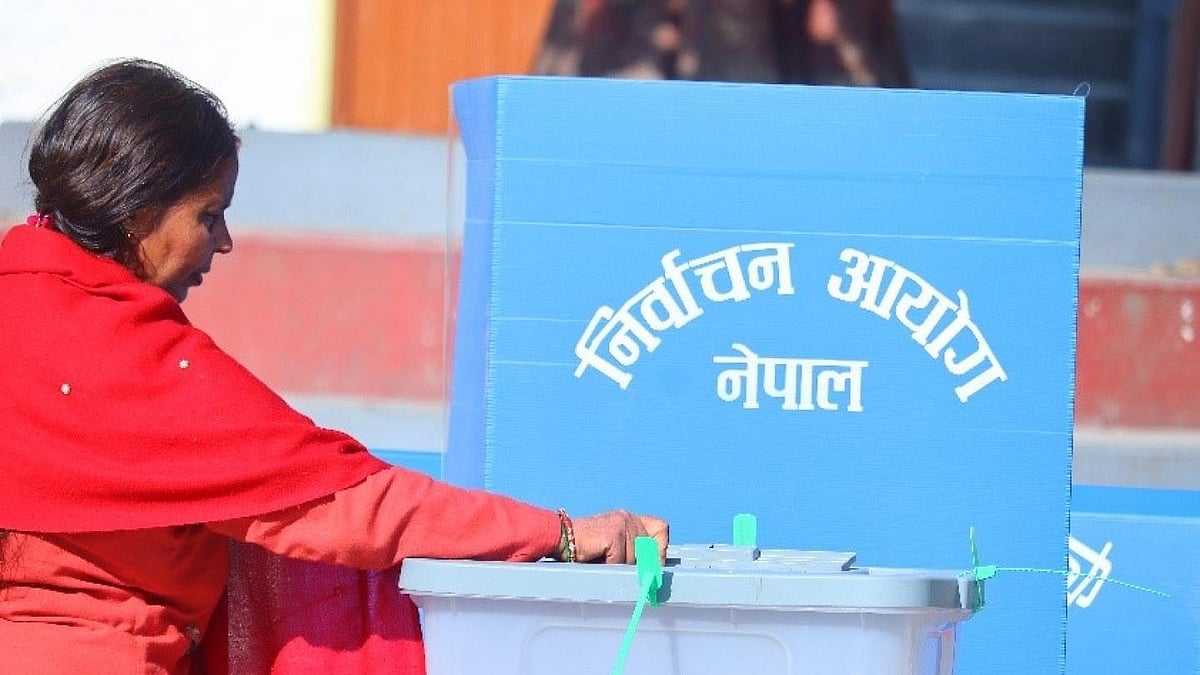Greening Nepal’s Election Campaign
The major elements of the code include the use of electric vehicles in place of conventional ones, prioritising digital campaigning, the use of eco-friendly materials for rallies, door-to-door outreach and promotions, and, importantly, a ban on plastic and polythene materials.

Greening Nepal’s Election Campaign |
National elections in populous countries usually witness a wide environmental footprint, with tens of thousands of vehicles, plastic banners, festoons and flags, and food and water containers adding to the waste burden. India has tried to address this periodic wave of trash with mixed results. Neighbouring Nepal, which is transitioning to a newly elected government in March next year after massive youth protests dislodged the KP Sharma Oli government in September, is now implementing its own green election code. The major elements of the code include the use of electric vehicles in place of conventional ones, prioritising digital campaigning, the use of eco-friendly materials for rallies, door-to-door outreach and promotions, and, importantly, a ban on plastic and polythene materials. In an interesting feature, the organisers of election events are required to collect the waste and arrange for its disposal. Making a success of such a sensible code depends on cooperation from political parties, who will field candidates for 275 seats in the House of Representatives, of which 110 are chosen through proportional representation and others by the first-past-the-post system. Nepal, with a population of about 30 million people, has a sizeable electorate besides a significant expatriate population that is employed in India. This profile, comparable to many Indian states, makes the sincere adoption of a progressive poll code crucial to limit pollution across Nepal’s hilly and picturesque regions.
ALSO READ
If India’s experience is any guide, Nepal’s code can succeed only with wholehearted voluntary compliance by political parties and sustained media pressure on the system. Among the biggest failures that India has been grappling with since 1999, when the Election Commission urged parties to cut the use of synthetic material, is the plastic paradox: each rally leaves a long trail of waste plastic. Kerala appears to have done better than others in curbing plastic use, with the High Court imposing a ban on flex banners and non-biodegradable materials during campaigns, and government bodies working with the administration to encourage sustainable practices. Training election workers to take the message down to the village level has helped. These are useful pointers for election managers in Nepal, who could run a model green campaign in 2026. The role of digital campaigning also holds much potential in the era of smartphones and expanding connectivity. The most recent data point to active mobile phone connections in Nepal marginally exceeding the population, representing a 100% penetration rate, although smartphone and internet use may be less. However, phones give candidates the opportunity to overcome the rugged nature of the country’s geography and campaign directly with remote voters. A green election could also create a literally green legacy by planting trees on a large scale to mark the event, as Alappuzha in Kerala and Anandpur Sahib in Punjab attempted in past polls.
RECENT STORIES
-
-
-
-
-